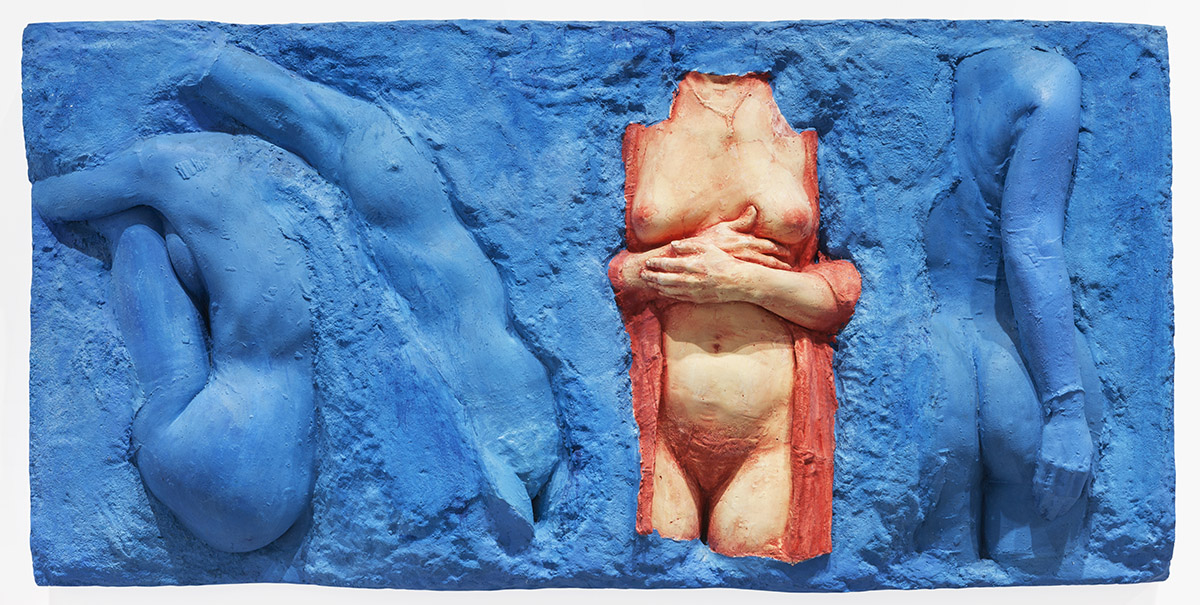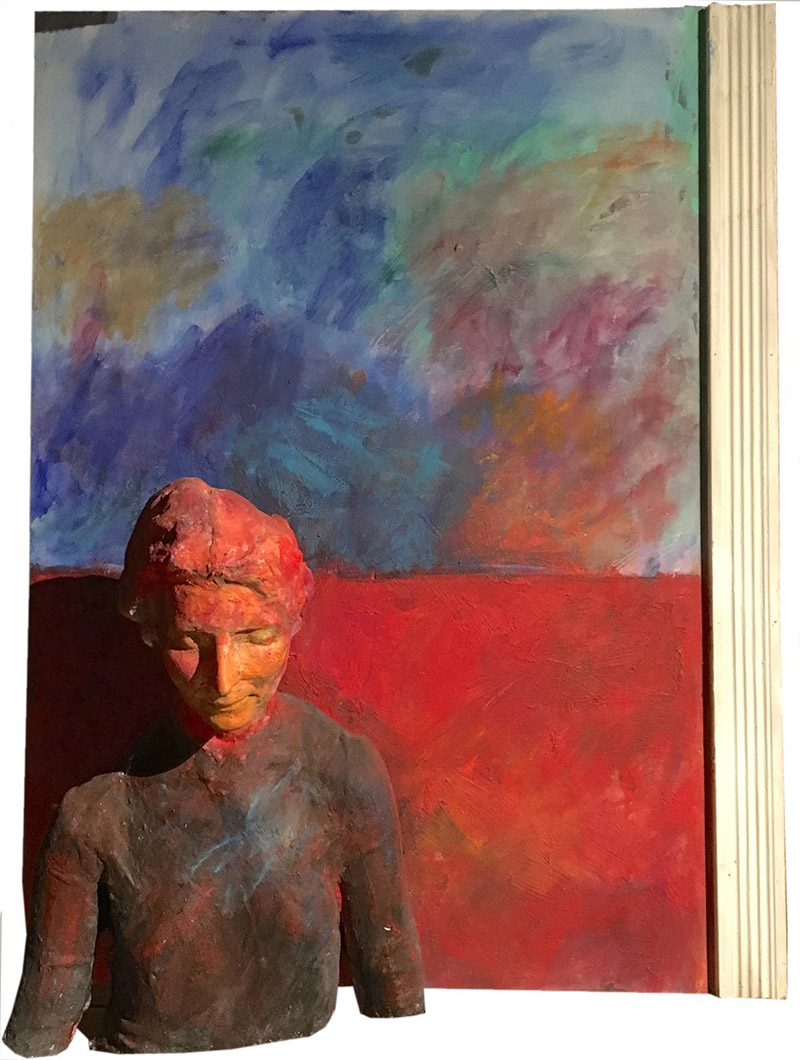ART-PREVIEW: George Segal
 A painter and sculptor, George Segal came to be recognized primarily for his life-size white plaster sculptures made from casts taken from living models which he began making in 1961. He is associated with Pop Art because of his references to mass culture and his appreciation of the relation between the fine arts and forms of popular art. However, his interest in rendering the human form made him a radical realist who reinvigorated classic modes of sculpture.
A painter and sculptor, George Segal came to be recognized primarily for his life-size white plaster sculptures made from casts taken from living models which he began making in 1961. He is associated with Pop Art because of his references to mass culture and his appreciation of the relation between the fine arts and forms of popular art. However, his interest in rendering the human form made him a radical realist who reinvigorated classic modes of sculpture.
By Efi Michalarou
Photo: Galerie Templon Archive
The exhibition with works by George Segal that is on show at Galerie Templon in Brussels, is the first exhibition in Belgium in 30 years. One of the most singular Pop art artists, Georges Segal became famous in the 60s in New York with his environments populated by disturbing plaster figures and objects. George Segal developed a layered plaster bandage moulding technique by applying the bandages directly to the model’s body. He used this technique to reveal the evocative power of gesture and its poetic, social, erotic and political dimensions. His characters, white as ghosts, represented alone or in groups in association with objects, convey an impression of boredom and solitude. Due to the length of the model’s sitting for his life-casting, historians have noted the tension between their rigid pose and natural form, which adds to a heightened evocation of their psychology. Born in New York, Segal’s parents ran a kosher butcher shop in the Bronx. Their working-class influence and the study of people in public social spaces became a strong influence on his figurative tableaux. He went on to study at Pratt, Cooper Union, and NYU, where he completed a degree in teaching in 1949. Segal eventually moved to South Brunswick, New Jersey to a chicken farm where he hosted a diverse range of artists from New York City and eventually converted into a studio to make many of his life-size figurative sculptures. He helped forge connections between Rutgers University professors and other active New York artists, hosting many of the first of what Allan Kaprow would dub “Happenings” at a 1957 picnic on Segal’s farm. Through his relationship to Kaprow, Segal was introduced to the New York Avant-Garde scene surrounding John Cage and Merce Cunningham, as well as awarded a membership to the Hansa Gallery, where in 1956, for his debut solo show, he exhibited brightly colored, figurative abstract paintings. In 1958 Segal completed his first sculptures using wood, chicken wire, burlap, and plaster, and positioned the three works in front of a series of large canvases. Segal’s placement of life-size figures in an environment, a trope for which he became best known, was further developed in July 1961, when he was asked to write about newly developed gauze and plaster Johnson & Johnson bandages as a potential new art material. He was given boxes of the medical material, which he took home and had his wife plaster around him while he sat in a chair. The results led him to continue using different versions of the material to make full-body plaster casts directly from the figures of his family, friends, colleagues, and patrons. These figures were then placed on the ground in relationship to ready-made objects often taken from the urban landscape. While the surfaces of his sculptures were often left white, Segal also occasionally incorporated bright hues into his pieces. In 1960 Segal began exhibiting with Green Gallery, New York, alongside young contemporary artists such as Donald Judd and Robert Morris. Two years later his work was included in “New Realists”, an exhibition that helped define Pop art, a movement with which Segal had previously been identified, at the Sidney Janis Gallery, New York. He became a member of that gallery in 1965 and had his first museum solo show at the Museum of Contemporary Art, Chicago (1968). In 1969, after making pastel drawings of plaster body parts around his studio, Segal began a series of partial figure sculptures and wall reliefs. He produced his first bronze sculpture for an outdoor project in 1976. Other public commissions included memorials to the 1970 Kent State shootings, the Holocaust, and gay liberation. In the 1990s, Segal returned to painting and began a series of photo-sculptures using his own photographs. During the last years of his life, Segal made large charcoal portraits of his friends and family, and participated in a documentary film about his life’s work. The film “George Segal: American Still Life” premiered in 2001, a year after his death in New Jersey.
Info: Galerie Templon, Veydtstraat 13A, Brussels – Belgium, Duration: 25/10-22/12/18, Days & Hours: Tue-Sat 11:00-18:00, www.templon.com

